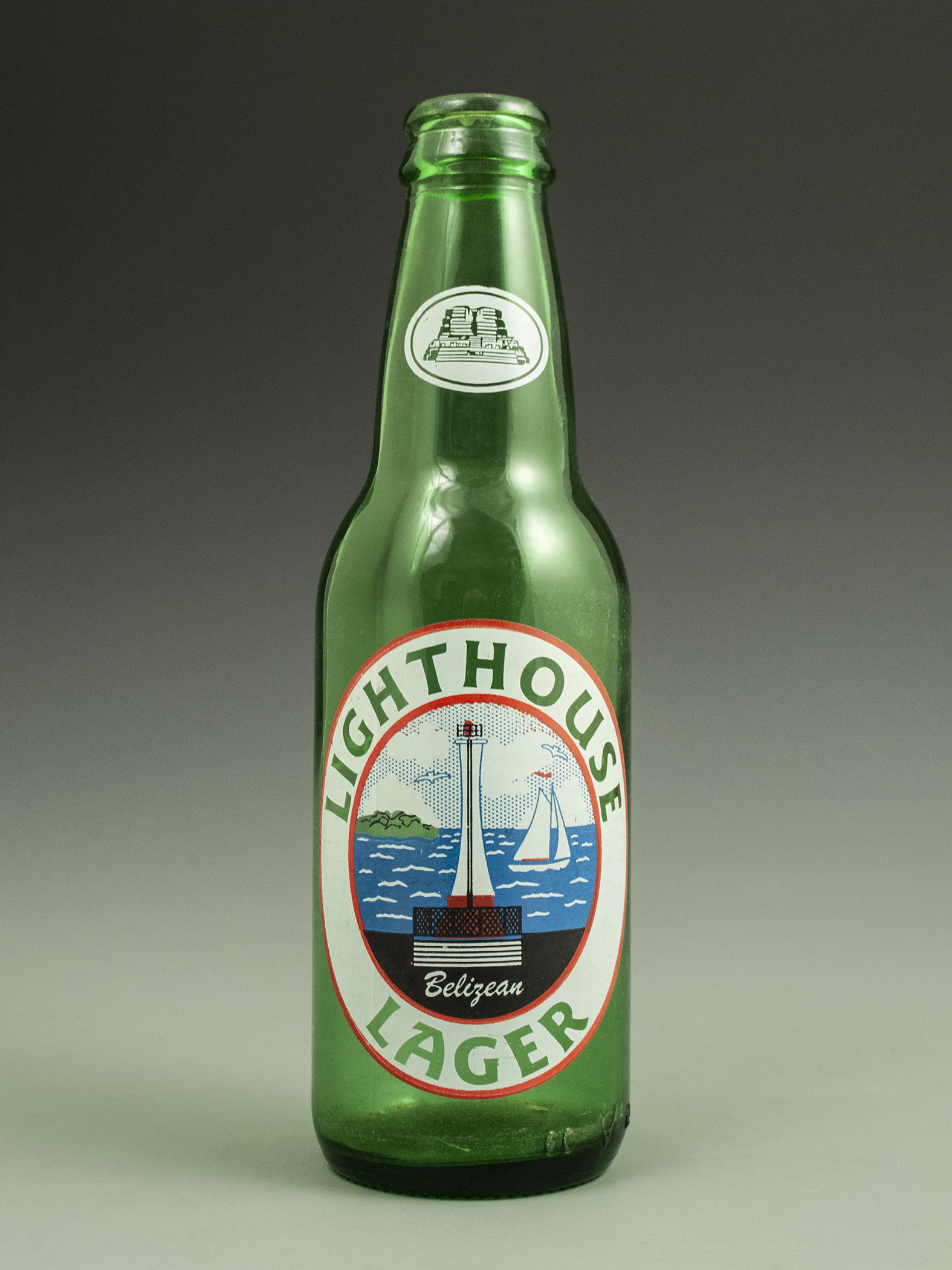Lighthouse Lager
Belize, 2003

November isn’t supposed to be the rainy season in Belize, but the sky fell every day. We slept to the patter of drops on the skylights over our bunks, and breakfasted to the report of rain on the tarp above the dining table. There was always a storm on the horizon, in every direction. Every now and then the sun emerged between distant clouds and pierced the sea, a jeweler’s lamp through an emerald. Then the colors faded, the sun vanished, and the rattle of raindrops on Ananda’s deck grew like distant applause, building in intensity as the monotonous parade of clouds approached.
A magazine had sent me to Belize. I had a story to write, about sun-washed islands, and the rain was not helping.
“The trick,” E. suggested as we popped Lighthouse beers and studied the horizon, “is to surrender. Embrace the non-eventfulness of the trip. It doesn’t have to be about anything.”
A show about nothing, as George Costanza described Seinfeld. Even the most pedestrian of life’s events—renting a car, buying soup, installing a showerhead— can be a vehicle for storytelling. But was that possible in Belize? What is the line between a story being about nothing in particular, and being about nothing at all? A story has to have a beginning, middle, and end—doesn’t it?
Turns out, it doesn’t. I composed a story about the rain and the sea and the Belizeans we drank with on the islands; I shared their stories about slavery and hurricanes, shark sightings, festivals, and pirates. And yes—I even got a Seinfeld reference in there. In the end, it worked.
Best of all, during the writing process, I learned a larger lesson: The individual stories that illustrate our lives might seem like stories about nothing—but our lives themselves are always about something.
